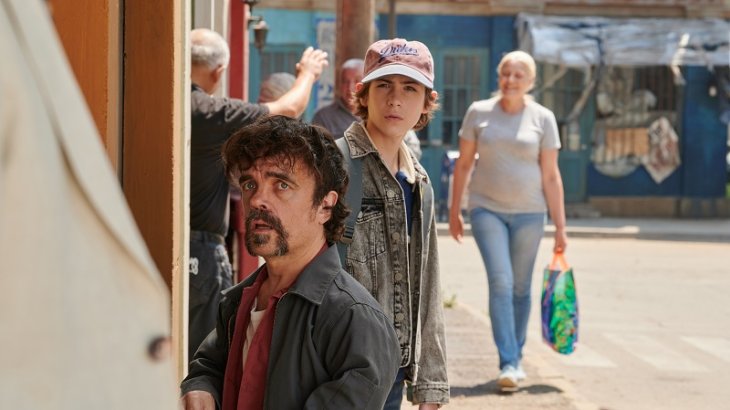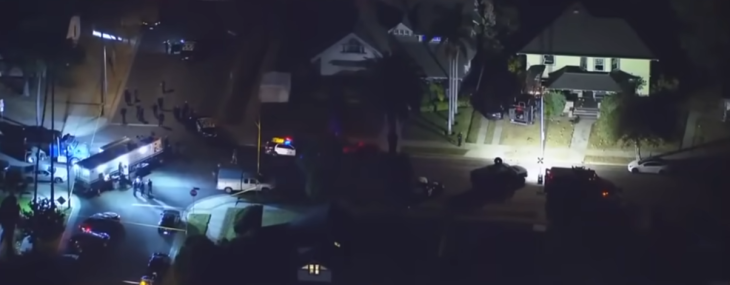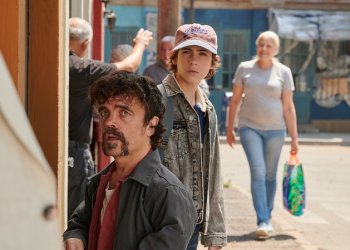By Kathryn Whitney Boole
Wes Anderson has a unique outside-the-box way of getting to the heart of any subject he decides to pursue in his filmmaking. In his new film, “Isle of Dogs”, he has touched the extremely rich emotional tapestry of, you guessed it, our most loyal companions. Dogs are known to possess a more pure set of emotional instincts than humans. Their reactions materialize without being clouded with rational thought. If you have a hard time becoming immersed in animated films, as I do, never fear. Isle of Dogs will gradually pull you into its quirky, heartfelt world, rich with feeling, that only dogs can unleash (OK, pardon the pun).
The story takes place in Japan 20 years from now, in a culture different, yet not so different, from ours. Perhaps the writers, Anderson, Roman Coppola, Jason Schwartzman and Kunichi Nomura, chose Japan so that they could explore the relationship between façade and existential being. This setting allowed them to use Japanese history and poetry (specifically Haiku) to set the backdrop and style. Elaborate clues that link this world to ours include exile to an island filled with trash, the fictional city of “Megasaki,” sounding so much like the name of a tragic incident in WWII, a 12-year-old boy pilot named “Atari,” who is on a quest to find his loyal dog, captive prisoners, and a toxic chemical garbage dump. We get to take a fresh look at how sometimes unfounded traditions and mores become established. We step outside our own social structure and see the toxins brewing.
At first the story seems to meander down a winding path, as do most Wes Anderson stories. Soon you realize that you are caught up in an allegorical current. The artistry of the animators is amazing. The dog’s faces, those faces that reach right into the heart of our psyche, are poignant. The awesome cast of A-List talent that Anderson and team have enlisted to voice these characters bring to each role a richness that seems more than human. The musical score by the great Andre Desplat perfectly frames the narrative.
Most audience members don’t realize the artistry that goes into voicing an animated character because the great voice artists make it seem so easy. Here each dog has a textured and colorful personality that mirrors that of humans. We can see ourselves in these dogs. Just a few of the wonderful voices include Bryan Cranston, Edward Norton, Bob Balaban, Bill Murray, Greta Gurwig, Frances McDormand, Scarlett Johansson, Harvey Keitel, Tilda Swinton and even Yoko Ono.
This is a film you can see more than once and each viewing would uncover more hidden touches. There are layers of insight into human passion and social structure. The situations our heroes must endure poke fun at the societal framework that we take so seriously. Anderson and team have the ability allow us to cut through the BS of human posing and game playing, as the dogs play out the drama.























